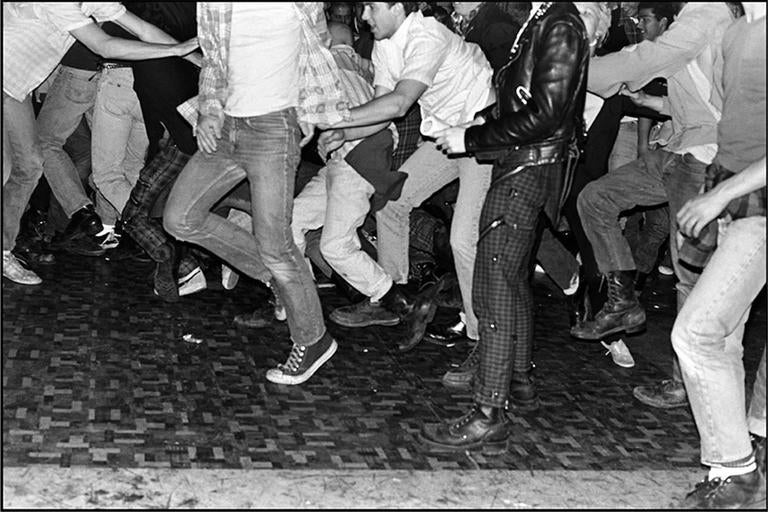

In the beginning of punk and male-dominated subcultures, women often stood in the back and watched the band from afar. As my love for punk music deepened – especially for female-fronted bands – I began to hang around barricades and admire the lead front women who sang about the reclamation of their bodies. When I migrated from listening to punk music to entering Chicago’s heavy-punk holy grounds – such as Exit and The Empty Bottle – and abandoned warehouses, I was surprised to find how inclusive the spaces were toward women, people of color and people who are LGBTQ+. Life’s greatest thrill for me may just be the feeling of euphoria that comes from heavy, distorted guitar riffs and singers threatening to burst my eardrums.Īs a woman, my goal was to explore what punk meant on my own terms, and that includes finding safe spaces to freely dance without worrying about harassment from creepy men drenched in alcohol.

My fantasy was to bask in the glory of hearing a favorite song played at 50 times the normal volume, as I shouted the lyrics and brushed up against strangers’ sweaty bodies. When I was 13, I daydreamed about dancing amidst sweaty crowds at a rock show, as I listened religiously to L7’s “Bricks Are Heavy” and The Stooges’ “Raw Power” on vinyl. Editor’s note: This article is from the Communication Department’s award-winning Echo magazine.


 0 kommentar(er)
0 kommentar(er)
